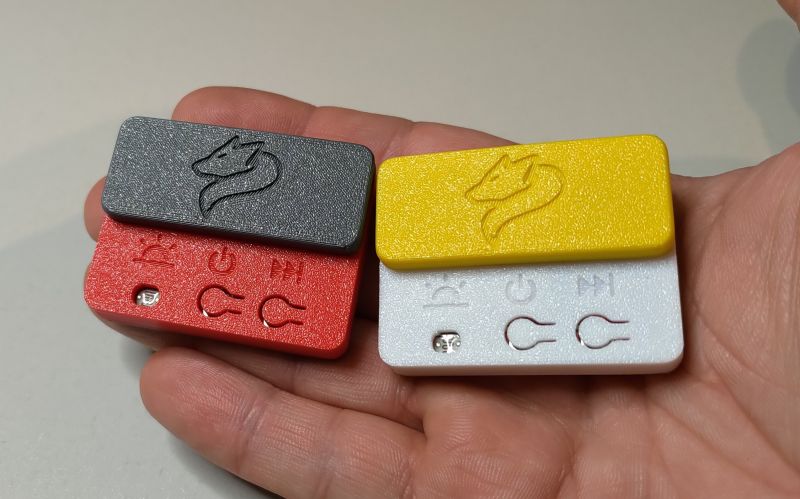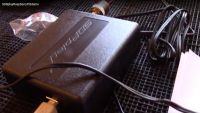Most computer platforms have the ability to connect sensors that operate in the audio band (microphones) or in the visible light (e.g. cameras). However, sensors for electromagnetic radiation in the radio range are not popular and until recently it was difficult to connect to computers systems allowing for any collection of radio waves.
In terms of radio waves, we can find both radio and television broadcasting programs for the public, as well as various types of communication systems - digital and analog. In the times of Internet surveillance, radio communication is becoming more and more irreplaceable, especially as it does not require complicated equipment to implement it.
At the same time, more and more sensors and input devices for our computers are produced. If you are interested in collecting and analyzing radio waves, it is possible and quite simple. All you need is a simple receiver and SDR system.
SDR is the so-called "software-defined radio", i.e. a radio in which the internal structure of the radio - bandwidth, modulation method, etc. - is programmed. Thanks to this, AM and FM radios for different frequency bands can be integrated in one device. These types of SDR systems come in many forms, many of which can be connected to a computer, such as a Raspberry Pi, to turn it into a radio receiver.
The family of SDRplay compatible chipsets is popular among radio amateurs. These systems allow the creation of receivers operating in the range from 1 kHz to 2 GHz, which would have cost several thousand dollars a dozen or so years ago.
SDRPlay is available for download on the Raspberry Pi 3 module's SD card and has full Linux support for this computer. Many open source SDR packages such as SoapySDR and Cubic SDR were used to create this software.
Regardless of the application, be it radio astronomy, meteorology, research (or maybe eavesdropping) of communication systems or the development of the Internet of Things infrastructure, the SDR system based on the Raspberry Pi can be very useful.
The video below presents the possibilities of the described software for the popular 'Raspberry'.
Source: https://www.rs-online.com/designspark/high-pe...y-pi-3?cm_mmc=PL-EM-_-DSN_20170703-_-DM66145- _-BOX2_URL1 & cid = DM66145 & bid = 343268483
In terms of radio waves, we can find both radio and television broadcasting programs for the public, as well as various types of communication systems - digital and analog. In the times of Internet surveillance, radio communication is becoming more and more irreplaceable, especially as it does not require complicated equipment to implement it.
At the same time, more and more sensors and input devices for our computers are produced. If you are interested in collecting and analyzing radio waves, it is possible and quite simple. All you need is a simple receiver and SDR system.
SDR is the so-called "software-defined radio", i.e. a radio in which the internal structure of the radio - bandwidth, modulation method, etc. - is programmed. Thanks to this, AM and FM radios for different frequency bands can be integrated in one device. These types of SDR systems come in many forms, many of which can be connected to a computer, such as a Raspberry Pi, to turn it into a radio receiver.
The family of SDRplay compatible chipsets is popular among radio amateurs. These systems allow the creation of receivers operating in the range from 1 kHz to 2 GHz, which would have cost several thousand dollars a dozen or so years ago.
SDRPlay is available for download on the Raspberry Pi 3 module's SD card and has full Linux support for this computer. Many open source SDR packages such as SoapySDR and Cubic SDR were used to create this software.
Regardless of the application, be it radio astronomy, meteorology, research (or maybe eavesdropping) of communication systems or the development of the Internet of Things infrastructure, the SDR system based on the Raspberry Pi can be very useful.
The video below presents the possibilities of the described software for the popular 'Raspberry'.
Source: https://www.rs-online.com/designspark/high-pe...y-pi-3?cm_mmc=PL-EM-_-DSN_20170703-_-DM66145- _-BOX2_URL1 & cid = DM66145 & bid = 343268483
Cool? Ranking DIY






